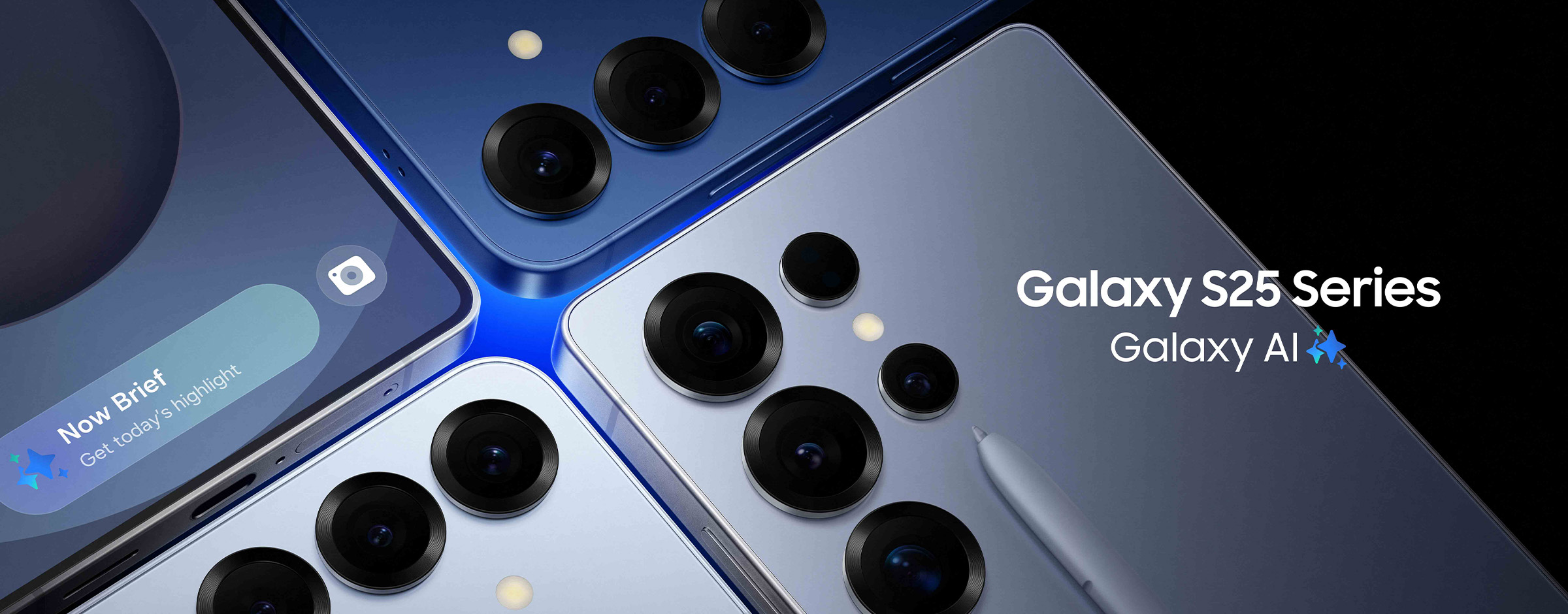Updated September 22, 2020
The wireless technology industry has grown so rapidly in the last decade, moving from landlines to flip phones to smartphones… and back to flip phones again. That’s right – foldable smartphones are on the rise, bringing us back to our roots with an updated twist.
At the 2020 Consumer Electronics Show (CES), several new prototypes for foldable technology were introduced to the public. Though these products won’t be available in stores any time soon, they’re preparing us for the future of smartphones and tablets.
So, what’s the hype about, anyway?
Larger Screen Size
One huge benefit of having a foldable smartphone is the additional screen size. Rather than taking a normal-sized smartphone screen and folding it in half, most folding devices double the average screen size.
For example, The Samsung Galaxy Fold was one of the first foldable smartphones to hit the market. When folded in half, much like a book, the Galaxy Fold is roughly the same size as the average smartphone. When opened, though, it reveals a 7.3” AMOLED Infinity Flex Display.
Now the Galaxy Z Fold2 5G has hit market, which unfolds to recreate the experience of a full-sized tablet. The Samsung Ultra Thin Glass foldable display is 7.6 inches when fully opened and delivers the rich colors of a Dynamic AMOLED 2X display.
Smartphones aren’t the only devices that have picked up on the folding trend, though. Dell is currently working on a tablet with a folding display called the Concept Ori, which will close like a book. Though the screen will be approximately the same size as an average laptop (roughly 13”), the folding display makes it more portable and lightweight.
Taking Multi-Tasking to the Next Level
What is perhaps a by-product of having a larger display is the ability to multi-task on your smartphone. Most smartphones only allow you to use one app at a time, regardless of the display size. Foldable smartphones, however, allow you to use multiple apps simultaneously.
The LG V60 ThinQ, which supports a Dual Screen Accessory attachment, allow you to use each screen separately. You can run two apps at the same time, switching between them seamlessly. Even better, the Samsung Galaxy Fold allows you to use three apps simultaneously. This allows you to take full advantage of its revolutionary display.
Attachable/Detachable Screens
A folding display isn’t the only way to have a dual-screen device. Some smartphones support screen accessories that attach to the device and fold into it, much like other folding devices.
The LG V60 Dual Screen attaches to the LG V60 ThinQ smartphone, so users can add or remove it whenever they please. It closes like a book or folds the opposite way, which gives you a screen on either side of the phone.
The Microsoft Surface Neo, set to launch around the 2020 holiday season, consists of two separate displays. These two screens fold together just like the LG V60 ThinQ with the Dual Screen Accessory. It’s basically a dual-screen laptop, but much lighter and more flexible. Plus, if you need a keyboard, the magnetic keyboard attachment easily connects to one of the displays.
Dell is also developing a similar product called Dell Concept Duet, which sports two displays held together by a hinge.
Reinvention of a Classic
Believe it or not, the nostalgia of reinventing a classic also plays a huge role in the popularity of these foldable devices. The Motorola razr is the perfect example of this.
The first Motorola razr, a basic flip phone released in 2004, is a phone that nearly everyone remembers owning at one point or another. That’s why the new, reimagined Motorola razr has the potential to be the most iconic foldable smartphone on the market. The new Motorola razr has the same classic, nostalgic design as the original razr, but has all the capabilities of a regular smartphone.
When closed, the razr is compact and pocket-sized, with a small display on the front. This display provides access to the outer camera, so you can take photos while the phone is closed. You can quickly check the time, incoming text messages, and take selfies, all with the phone closed. When opened, the larger Flex View display provides the same experience as any standard, non-folding smartphone.
Folds, Flips and Swivels
Another new concept hitting the market is the LG Wing. It doesn’t fold, but it swivels. It starts as a seemingly normal smartphone, but transforms into a whole new multi-viewing experience. The top screen swivels out to sit horizontally thanks to the new Durable Hinge technology, showing another vertical screen underneath.
This new screen format enhances your streaming and gaming even more with the “Extended App Experience.” Open YouTube and watch a video on the Main Screen while using the screen below as a personal remote control, or edit photos and videos using the Main Screen to preview your changes. The Main Screen also acts as a gimbal, helping you capture steady footage no matter what you’re shooting.
The foldable smartphones trend is just getting started. More prototypes will push the limits of what we ever thought our smartphones could be capable of. Most of these devices won’t be in stores for a while, but that won’t stop us from getting excited.
If you’re interested in owning a foldable smartphone, keep checking back here at the Cellular Sales blog. Plus, the wireless experts at your nearest Cellular Sales store can keep you up-to-date on any new technology releases.





